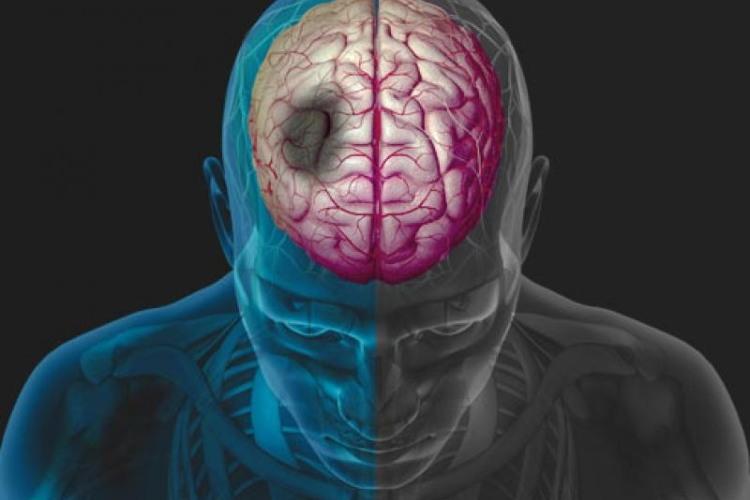Meta-analysis strengthens case for argatroban use in patients with END after stroke





Argatroban appears to reduce neurological deficits in acute ischaemic stroke (AIS) patients with early neurological deterioration (END) who are undergoing thrombolytic therapy, without increasing the risk of symptomatic intracranial haemorrhage, according to the results of a meta-analysis.
Pooled data from nine studies involving 2,283 patients, of which 52.21 percent received argatroban, showed that the drug yielded greater reductions in the NIH Stroke Scale (NIHSS) score at day 7 (mean difference [MD], –0.8315, 95 percent confidence interval [CI], –1.4181 to –0.2449; I2=61 percent; p=0.005 for overall effect) than the control treatment, reported study author Italo Andrade, a medical student based in Brazil. [EAN 2024, abstract OPR-009]
Results for the 90-day NIHSS score also favoured argatroban (MD, –0.3903, 95 percent CI, –1.9313 to 1.1506; I2=92 percent), although the difference did not reach significance after testing for overall effect (p=0.620).
According to Andrade, patients on argatroban were more likely than those on control to reach independence on their activities of daily living after treatment, as indicated by a significantly greater increase in the modified Barthel Index (MD, 9.2146, 95 percent CI, 4.4355‒13.9938; I2=87 percent; p<0.001 for overall effect).
The benefits seen with argatroban, however, did not translate into greater odds of achieving a modified Rankin Scale score of 0‒3 (odds ratio [OR], 1.37, 95 percent CI, 0.87–2.14; I2=53 percent; p=0.169705 for overall effect).
Finally, there was no significant difference in the proportion of patients who experienced symptomatic intracranial haemorrhage between the argatroban and control treatment groups (OR, 1.29, 95 percent CI, 0.65–2.55; I2=0 percent; p=0.468934 for overall effect).
“The presence of early neurological deterioration in AIS underscores the urgent and intricate nature of managing this medical condition,” Andrade said. “Recently, argatroban has been demonstrated to be safe to use in patients with ischaemic stroke despite no benefit seen on its widespread use,” he added.
Several studies have established the safety of argatroban in ischaemic stroke, Andrade noted, adding that this safety profile positions argatroban as a potential complementary treatment for END.
“The results of our meta-analysis are both promising and informative… [It] lends strong support to the notion that argatroban holds promise … for improving outcome in AIS patients with END,” the author said. “By consolidating and synthesizing data from multiple trials, we not only enhance the evidence base for argatroban but also provide clinicians and researchers with valuable insights into the [drug’s] efficacy and safety profile.”
The meta-analysis was performed according to PRISMA guidelines. Across the nine studies included, the average follow-up time ranged from 1 to 12 weeks while the number of participants ranged from 60 to 817. Argatroban-treated patients had a mean age of between 57.5 and 71 years, while those who received control treatment had a mean age of between 57.1 and 69 years.